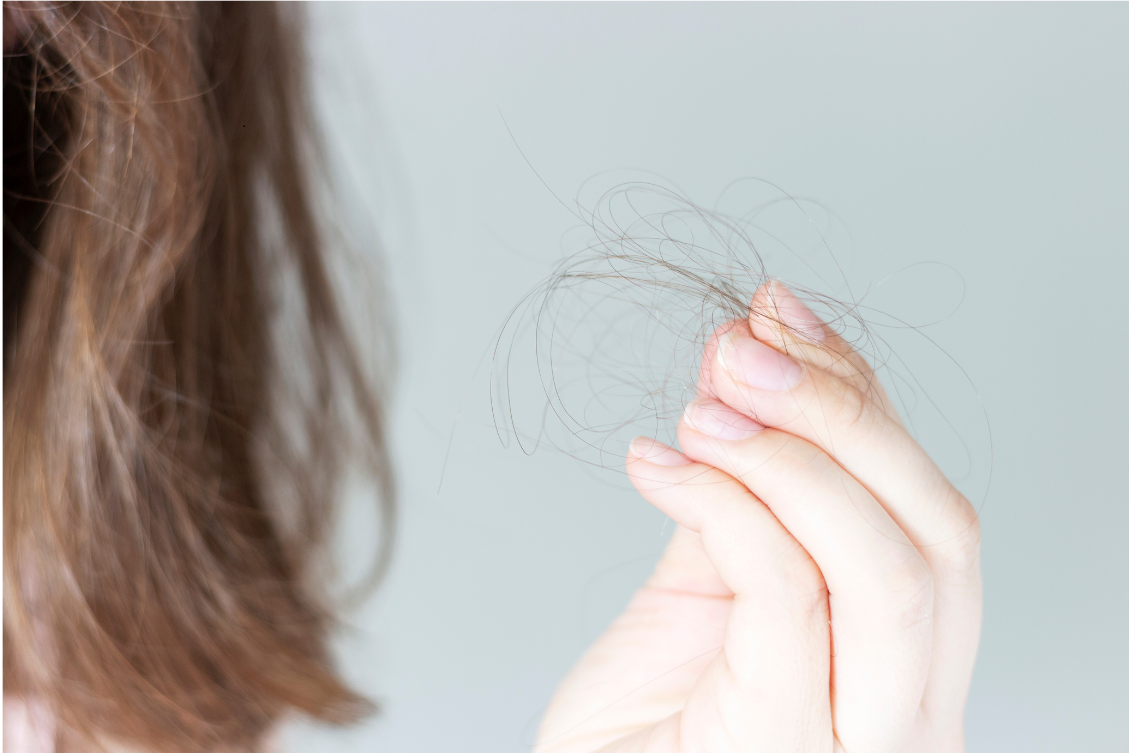
Introduction:
Trichotillomania, the compulsion to pull out one’s hair, is a complex and often misunderstood mental health disorder. If you’re navigating this challenging journey, know that you’re not alone. This blog aims to provide a comprehensive guide on how to stop hair pulling and manage Trichotillomania, with a special focus on the transformative potential of hypnotherapy.
Understanding Trichotillomania:
Trichotillomania often reveals itself through various patterns. Some interesting facts about this condition include:
- Age of Onset: While it often begins in adolescence, Trichotillomania can surface at any age, affecting both children and adults.
- Common Targets: Primary sites for hair pulling include the scalp (79%), eyebrows (65%), eyelashes (59%), pubic area (59%), legs (30%), arms (17%), and other areas (25%).
The Power of Hypnotherapy:
Traditional treatments may fall short, but the integration of hypnotherapy, mindfulness, and cognitive-behavioural techniques offers a unique and holistic approach to managing Trichotillomania. Hypnotherapy, in particular, taps into the subconscious mind, helping to rewire patterns and address the root causes of compulsive behaviours. This collaborative process empowers individuals to break free from the cycle of hair-pulling.
Tips for Self-Management:
- Identify Triggers: Understanding what triggers the urge to pull hair is pivotal. It could be stress, anxiety, boredom, or other emotional states. Identifying these triggers is the first step toward gaining control.
- Mindfulness Techniques: Incorporating mindfulness practices helps individuals stay present and redirect impulses. Techniques such as deep breathing exercises and meditation can be powerful tools in the self-management toolkit.
- Positive Reinforcement: Celebrating small victories is crucial. Whether it’s resisting the urge for a set amount of time or finding alternative coping mechanisms, positive reinforcement strengthens the resolve to overcome Trichotillomania.
- Create a Support System: Sharing your journey with trusted friends or family creates a support system. Having individuals who understand and offer encouragement can make a significant difference.
- Keep Hands Busy: Replacing the hair-pulling habit with alternative activities can be effective. Fidget toys, stress balls, or engaging hobbies help occupy hands, redirecting the impulse.
Considering Hypnotherapy:
- Professional Guidance: Seeking a qualified hypnotherapist specialising in Trichotillomania is essential. Professional guidance ensures a personalised approach that addresses individual needs and circumstances.
- Understanding the Process: Hypnotherapy involves inducing a relaxed state of focused attention. It is not mind control but a collaborative effort to explore and reprogram thought patterns associated with hair-pulling.
- Commit to the Journey: Success with hypnotherapy requires commitment. Being open to the process and trusting in your ability to break free from the cycle of hair-pulling are fundamental aspects of this journey.
Hypnotherapy can be an effective tool for addressing and mitigating hair-pulling behaviours associated with Trichotillomania. Here’s a breakdown of how hypnotherapy specifically targets and works to stop hair pulling:
- Accessing the Subconscious Mind:
- Hypnotherapy involves inducing a relaxed state, akin to a trance, where the conscious mind takes a step back, and the subconscious mind becomes more accessible.
- In this altered state, the hypnotherapist can directly address the deep-seated patterns and impulses associated with hair pulling.
- Identifying Triggers and Root Causes:
- Through guided exploration in the hypnotic state, individuals can identify the specific triggers and root causes of their hair-pulling behaviours.
- Hypnotherapy allows for a deeper understanding of the emotional, psychological, or environmental factors that contribute to the compulsion to pull hair.
- Reprogramming Thought Patterns:
- Hypnotherapy works to reprogram negative thought patterns and responses associated with hair pulling.
- Positive suggestions and affirmations are introduced to replace the compulsion with healthier coping mechanisms, promoting self-control and emotional regulation.
- Building Coping Strategies:
- Hypnotherapy helps individuals build effective coping strategies to deal with stress, anxiety, or other triggers without resorting to hair pulling.
- Visualization techniques may be used to create mental imagery that reinforces a sense of control and calmness in situations that typically provoke the urge.
- Establishing New Behavioural Responses:
- The hypnotic state allows for the establishment of new, positive behavioural responses to stressors or emotional challenges.
- Hypnotherapy aims to embed the idea that hair pulling is no longer a necessary or beneficial coping mechanism.
- Enhancing Self-Efficacy:
- By addressing the subconscious mind, hypnotherapy enhances an individual’s belief in their ability to overcome the urge to pull hair.
- Increased self-efficacy fosters a sense of empowerment, making it easier to resist the compulsive behaviour.
- Addressing Underlying Issues:
- Hypnotherapy delves into any underlying psychological issues or traumas that may contribute to Trichotillomania, helping to resolve these issues at their core.
Why Hypnotherapy Works:
- Hypnotherapy works by directly engaging with the subconscious mind, where many ingrained behaviours and responses are rooted.
- It helps individuals gain insight into their triggers and motivations, facilitating a more targeted and personalised approach to behaviour modification.
- By reprogramming thought patterns, hypnotherapy provides a powerful tool for individuals to break free from the cycle of hair pulling and develop healthier coping mechanisms.
It’s important to note that the effectiveness of hypnotherapy can vary among individuals, and success often depends on the individual’s commitment to the process and the skill of the hypnotherapist in tailoring the approach to specific needs.
Conclusion:
Trichotillomania is a nuanced condition with unique patterns, but progress is possible. Patience, self-compassion, and effective strategies are your allies. Breaking free from the grip of Trichotillomania is possible with the right tools and support. Begin your journey toward a life free from hair-pulling today.

